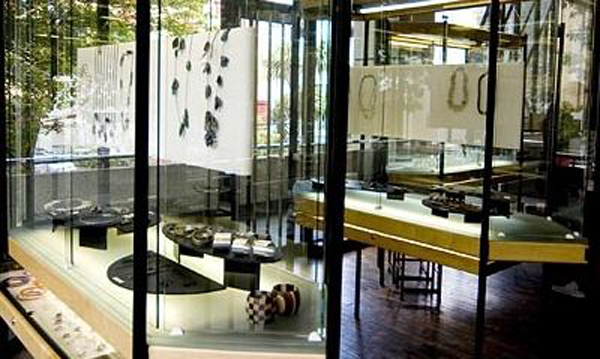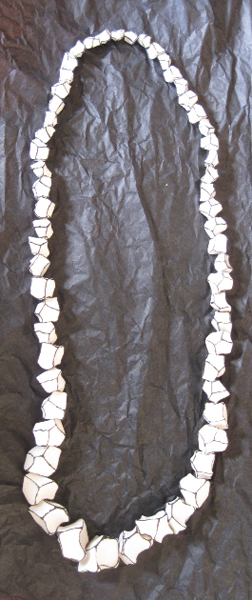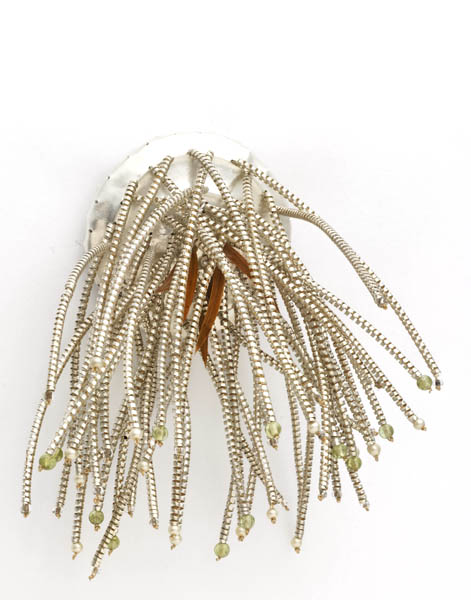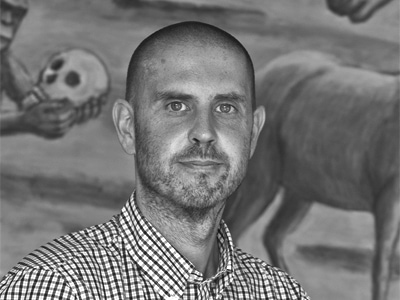
Damian Skinner: Next year Fingers will be celebrating 40 years, which possibly makes you the oldest gallery of contemporary jewelry in the world. What is the secret of such longevity?
Alan Preston: I am not sure what the secret is. However, apart from income from individual sales, we [the members] have not taken money from the commission we earn from the exhibitors who sell work through the gallery. It has all gone back to running Fingers. Initially, we operated as a co-op, with each of us working in the gallery for a day. We have all contributed endless unpaid hours. Now we employ graduate jewelry people to staff the gallery most days. Michael Couper has designed and run our wonderful website. We have a loyal and enthusiastic following from customers in Aotearoa and elsewhere.
How did Fingers come about?
In 1974, I was a guest artist at Browns Mill which was a craft market. When I finished there I found premises in Lorne Street in Auckland and persuaded Roy Mason, Margaret Philips, Ruth Baird and Michael Ayling to open in November of that year. We were later joined by other members.
How do you explain to someone who doesn’t know anything about contemporary jewelry what exactly it is that you sell in the gallery?
We sell leading edge art jewelry by the best makers in the country, along with some from Australia and Europe with whom we have formed a relationship.
The work often tells stories, is made from many different materials and each maker has their own distinctive style.

The contemporary jewelry world is a broad church, with many congregations. If the whole scene was crowded together in a room, which groups would you want to hang out with?
All of them, apart from the born-agains!
For those who don’t know much about contemporary jewelry in New Zealand, how would you describe it?
Contemporary jewelry in New Zealand evolved from traditional and modernist work by European immigrants who arrived in the 1960s to work using natural and found materials that described a particular sense of New Zealand identity [and then] to more recent work from graduates that could be from anywhere in the world.
Do you only show jewelry from New Zealand?
No. We do have some Australian and European jewelers, but most are from Aotearoa.
Does it make a difference that the people who run Fingers are jewelers as well? Is this a help or a hindrance in representing other jewelers?
I think it is both help and hindrance, being makers. A help in that we know good work and know how it works: hindrance in that we may not be such good gallerists as an independent dealer and tend to have a wider selection of work than an individual might choose to represent.

A necklace by Manon von Kouswijk; a ‘colonial goose’ piece by Pauline Bern; a rock crystal piece by Warwick Freeman.





